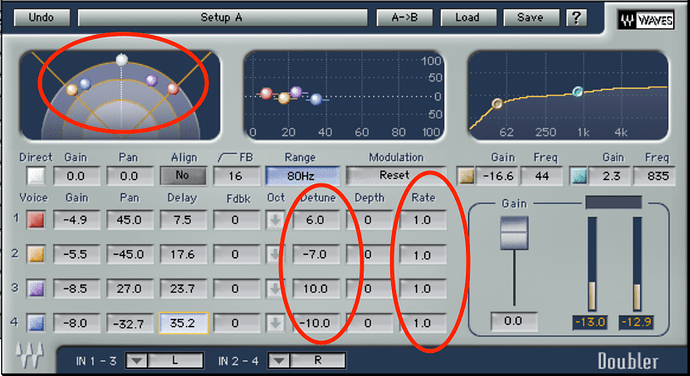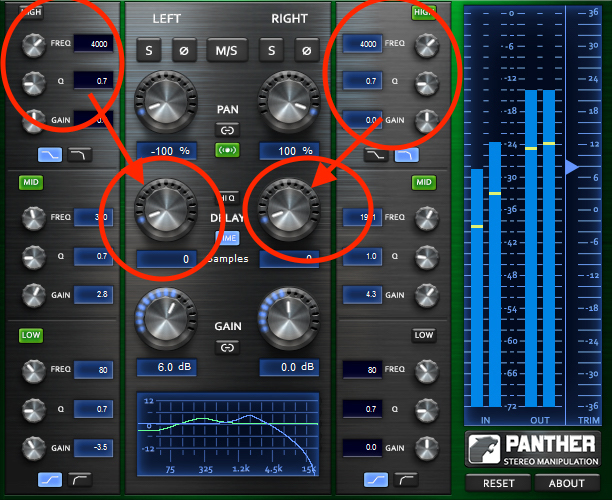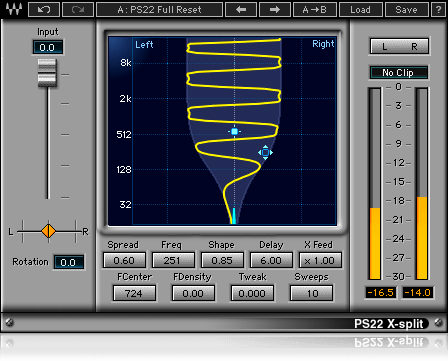Just my personal opinion here…
I absolutely hate them wide. I can’t even tell you they sound good on headphones. The separation is just ludicrous and disconnected to my ears. The best mixes I have ever done are where special effects are the only things panned wide. I do like toms to pan, but it just makes me nauseous when I hear toms going so far, they are no longer connected to the drum kit. Crash cymbals and hats so wide, they are becoming their own instrument. I just don’t see (or hear) the need and haven’t heard a mix like that, that has made me say “oh wow, that sounds so good I have to do it!”
I like containment and feel it is important. The more wide you go, the more artifacts and synthetic stuff comes into play. Now granted, a spacious mix with stuff panned for the song is awesome when done correctly. Notice I said “spacious”. That means “everything put in the right space” not “wide for the sake of wide.”
See, wide to me is synthetic and is not the same as “big in sound size”. This type of wide is awesome…when the instrumentation is recorded to be huge and just engulfs the entire stereo field. I have a few mixes like this that are just awesome. None of them mine of course. LOL!  But wide from using plugs that synthetically widen the sound…or super wide pans…ugh…total disconnection and annoying to me. I can’t even appreciate the art in it.
But wide from using plugs that synthetically widen the sound…or super wide pans…ugh…total disconnection and annoying to me. I can’t even appreciate the art in it.
We live in a world of ear buds. So wide mixes and degraded audio are being accepted into the world where no one other than guys/girls like us really give a rats ass. Ask a common person about half of the stuff we deal with to make something sound good and they will look at you like a dog does when he’s confused and his head turns sideways.
No one cares about your high end hardware, or that your studio is worth 10 grand or 100 grand. They don’t care if you’ve been playing guitar for years and can blow Jeff Loomis out of the water. They don’t care that you spent $6000 on drum mic’s and another 6k in monitors and a sub. It’s all being heard on buds less than an inch in size where you can mud up your bass and it adds just the right amount of dirt. You can spread your mix so wide, it gives shock value.
All of the above said…though it sounds like I’m bashing, (though in a sense I am because I find these times really sad) this is how you have to mix to impress. Seriously. Just about no one but geeks like us will listen to music on REAL speakers. Between surround sound headphones, surround sound speakers, stereo systems that color things and buds that usually sound horrible unless you pay a few bucks, does it really even matter? LOL! Your mix will NEVER be your mix anyway after people that really don’t have a clue get done mastering your master. Hahaha!
I don’t even benchmark any comparisons any longer. I mix for what sounds good to me and the client. I don’t compare to anyone like I used to. Today, if it sounds good…go with it and move on. That said, if you think about what I’ve said, mixing TODAY is so subjective due to what people are listening on as well as the lossy mp3 formats, what justifies a good mix and to who? See my point?
If a mix sounds terrible to me because it’s wide and loaded with bass and compression, but 3 million kids love it on their buds…who do you listen to? Mix for the media you are ending up on…mix for the crowd and the genre, mix for the happiness of your client (I never used to do this. I would never let something out of my studio that sounded like ass. If my name were to be on it, it sounded good by my standards…which are extremely high. Not anymore!) and if it’s a mix for yourself…do what YOU feel sounds the best. Let YOUR music be the stuff people benchmark and compare to.
As for how I get wide mixes, it starts with recording the instruments big. Mic’s that accentuate the instrument for starters. Some sound thin, others give you size. Combine a few, get a little room ambience and you can get some pretty large sounds. Panning and EQ of instruments, room sounds and effects are crucial. Controlling the pan on effects is important too.
Stereo wideners (when used sparingly and after stereo effects) can give you a stereo image that can be really useful in certain situations. Again, too much and it will sound phased and rather synthetic. HAAS effect and EQ with the right room impulse can work wonders. X/Y mic configurations along with basic mic’ing with a double tracked instrument can be helpful. Triple tracked instruments with different EQ and panning along with stereo effects…I can go on and on…you get the idea.  Those are the things that work for me.
Those are the things that work for me.
I’ll let you guys off easy with a little post for a change. :-Þ

 But wide from using plugs that synthetically widen the sound…or super wide pans…ugh…total disconnection and annoying to me. I can’t even appreciate the art in it.
But wide from using plugs that synthetically widen the sound…or super wide pans…ugh…total disconnection and annoying to me. I can’t even appreciate the art in it. Those are the things that work for me.
Those are the things that work for me.


